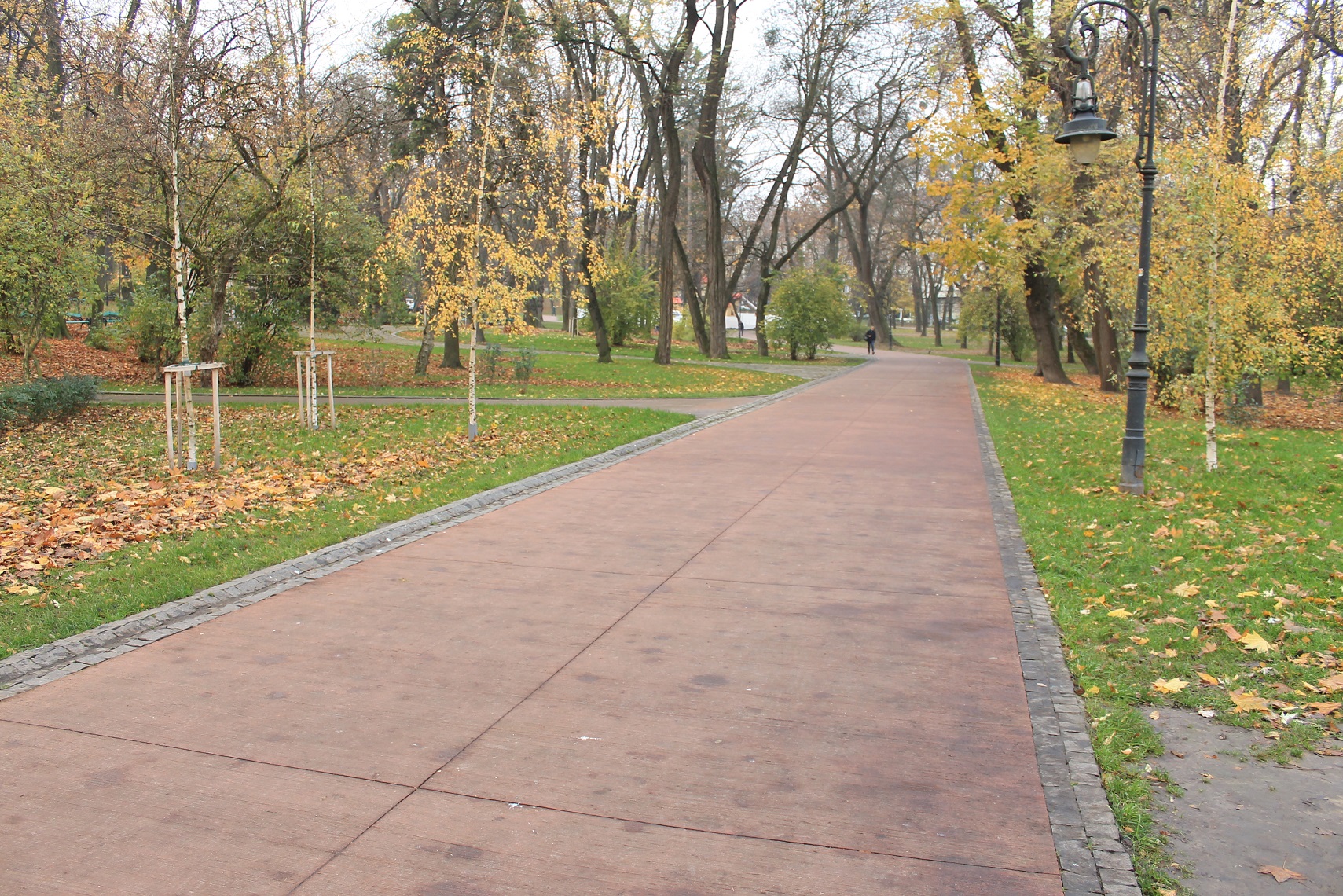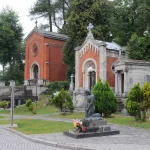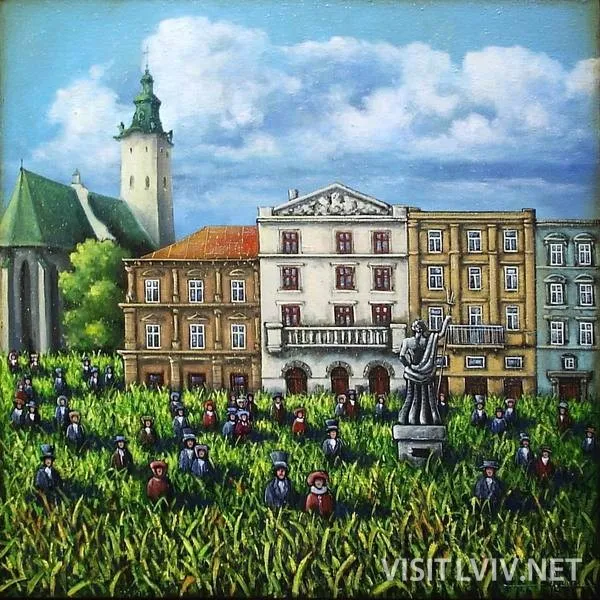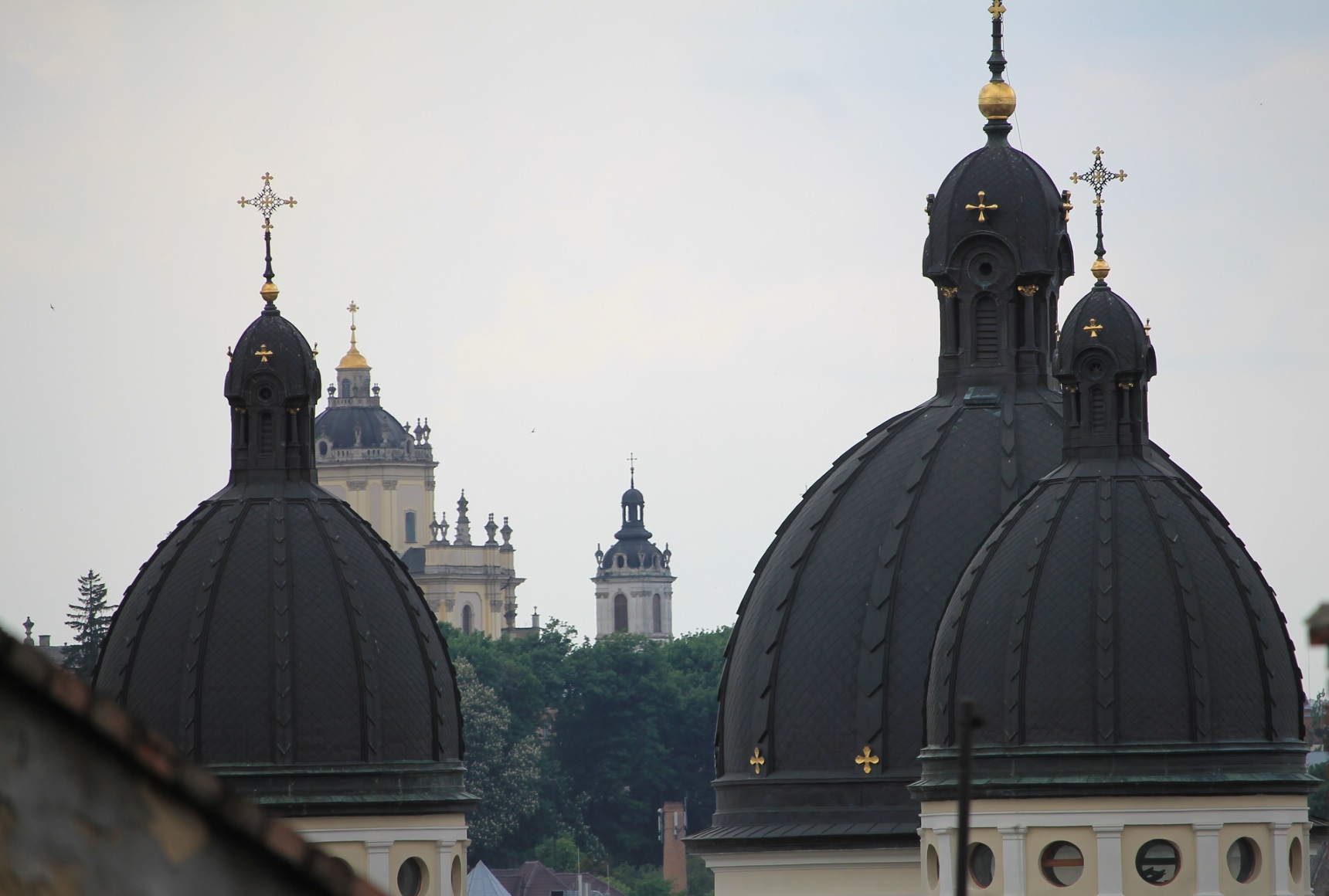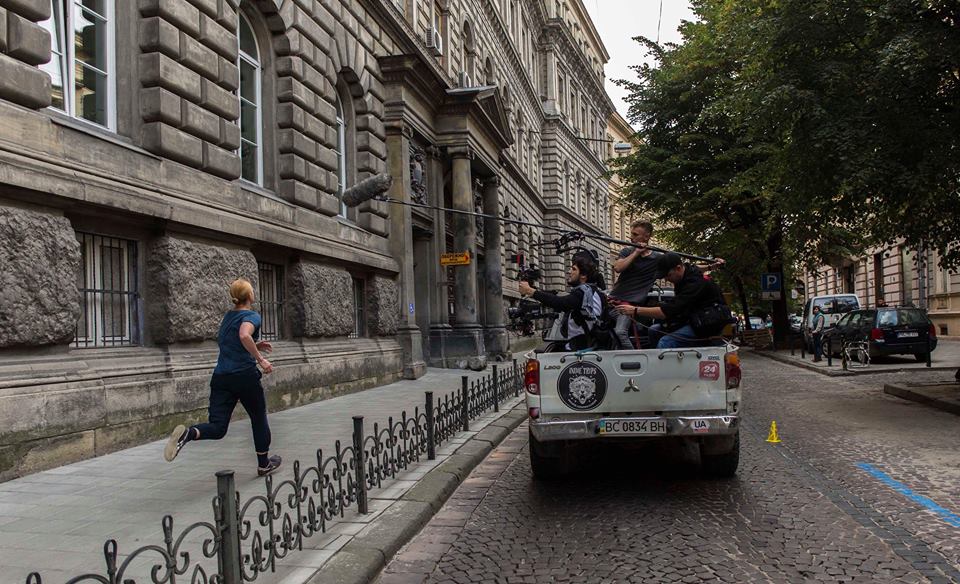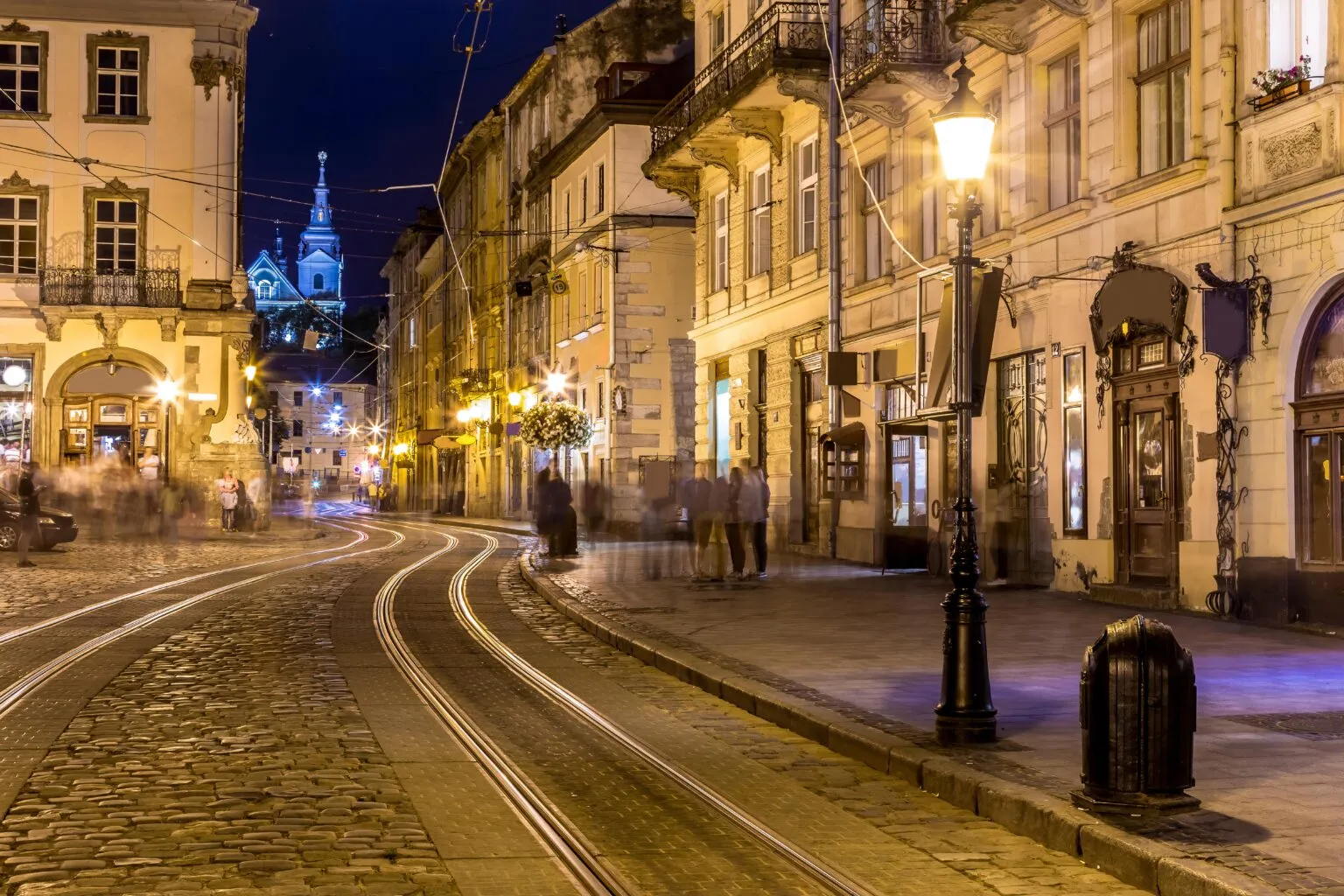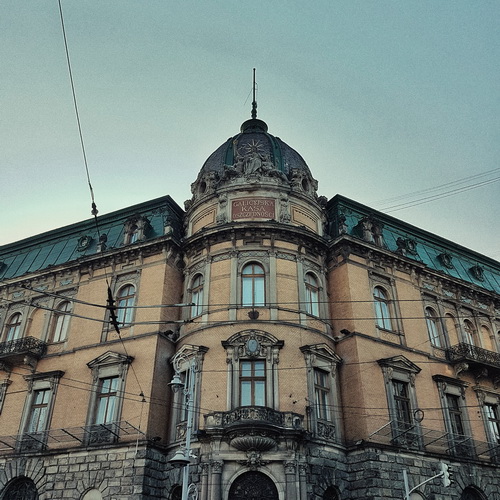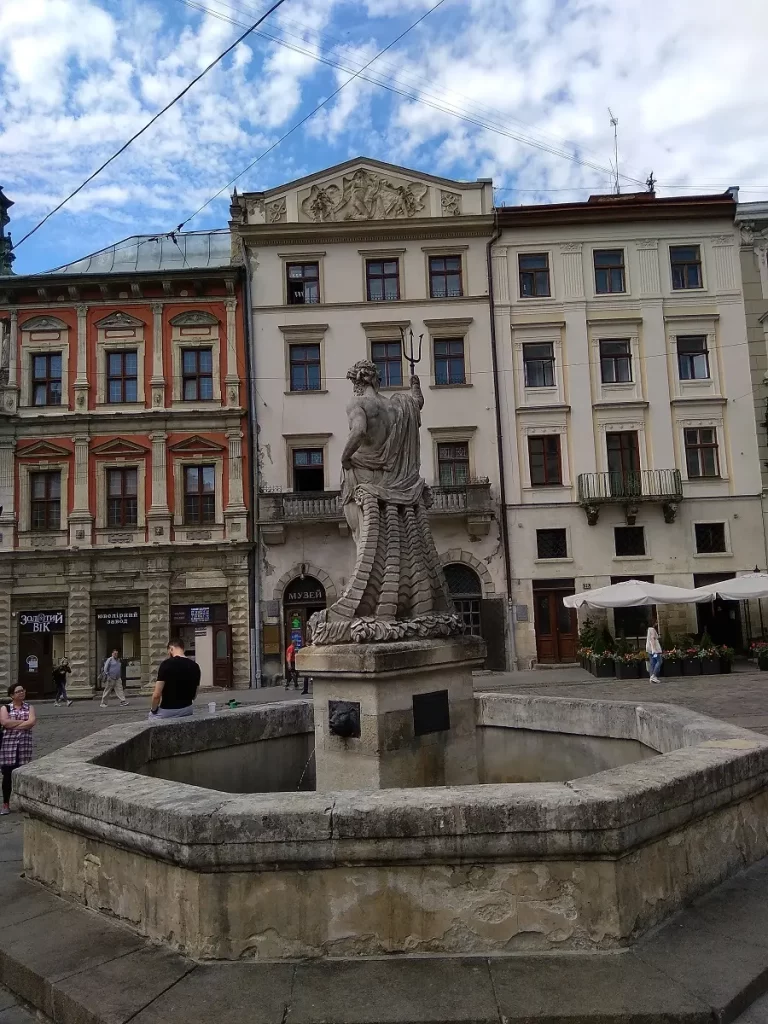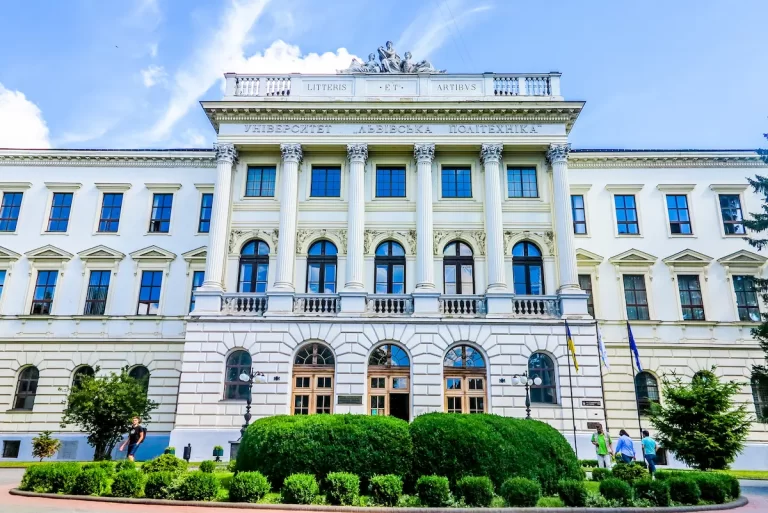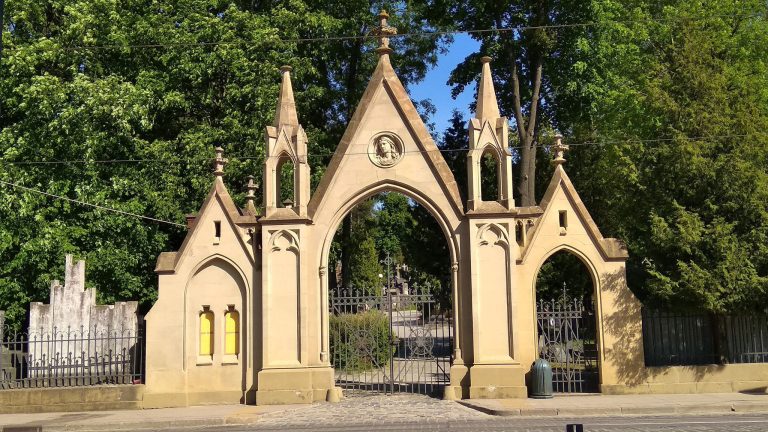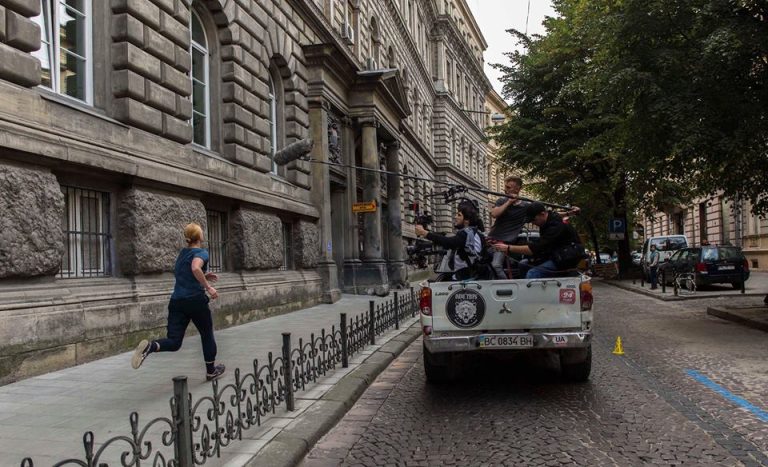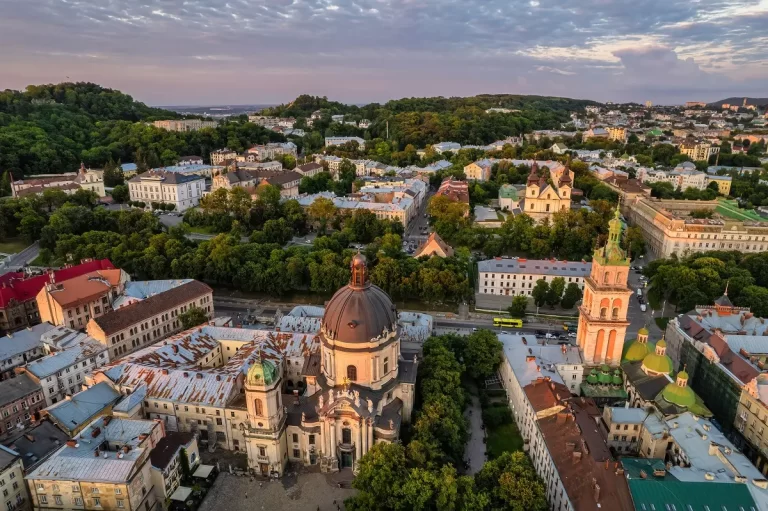Park named after Franko – the oldest park in Lviv
Small record holder
The oldest and most legendary park in Lviv bore so many names in its four centuries of life that this is what makes it a record holder. And among its founders, there was a record-breaking family – Scholz-Wolfovichi. Wolf Scholz had 12 sons and 12 daughters by one wife, Beata of Gaza. So, in ancient times, at the mention of his wife, they wrote not only her surname by her husband, as now, but they necessarily mentioned the name of her family from which she came. One of Wolf’s 12 sons, Jan created the first garden here. Which, as a dowry, will pass to his daughter Martha, who will marry Antonio Massari, consul of Venice in Lviv.
Jesuit garden
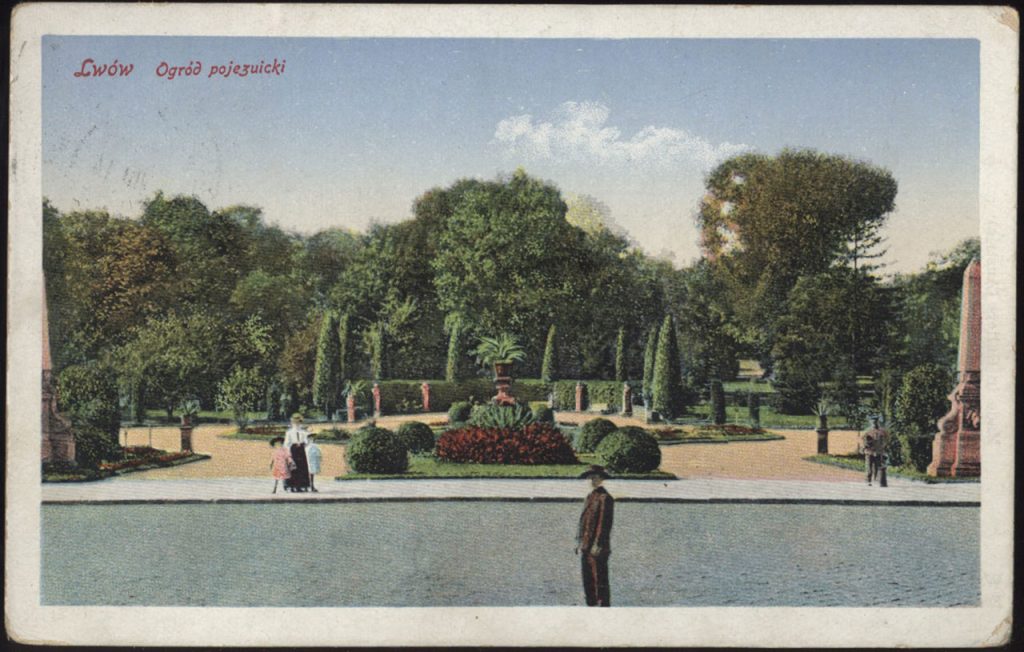
And then begins a very long temporality. What is it about? In 1614 Lviv handed over the park to Jesuit monks, but temporarily. That temporality lasted 160 years! Until the Jesuit Order is abolished by the Pope himself. If it weren’t for that, we’d probably still have a Jesuit park… In fact, it was a sad page in the life of the park, because the Jesuits ruined it, turning it into a profitable estate: they built a brickyard and a brewery. And the rest of the land was leased to the peasants, who, in addition, also built an inn. Apparently, then the park lost all its trees, although the maps still marked the “Jesuit Garden”.
New “birth” of Franko Park
The new “birth” of the park happened thanks to the Emperor of Austria Joseph II. During a visit to Lviv, he donates these lands to the city. But the magistrate was frightened by that gift because of the large amount of work to revive the park again. Therefore, the city “shoved” him in 1799 to the entrepreneur Jan Hecht, so that he himself financed the creation of the park. And Hecht still creates a park in the then fashionable classic style. That is, strict geometry reigned in it. And in order for the invested money to return at least partially, Hecht will put a restaurant, casino, swimming pool and gazebos in the park.

Until now, only one of his gazebos, dated 1835, has survived. By the way, the Galician Sejm (parliament) will later be built on the site of the casino – and now the Main Building of the Ivan Franko University.
The arrival of Frank
Hecht Park will later be named after the defender of the first Polish constitution, Army General of the first US President of Washington – Tadeusz Kosciuszko. In Soviet times, it became the park of Ivan Franko. Everyone thinks that due to the fact that Ivan studied at the university. For he also has a Frankish name. In fact, in Frank’s time, the university was almost a kilometer from here. Ty Frank was unlucky in him. He could not finish his studies in it, and he was not taken as a teacher. These are the vicissitudes of fate.
Interestingly, at the top of the park adjoins the tiny street Masons. There is still a commemorative plaque on the house where Franco lived. And it was probably there that he wrote his illustrious “Masons”??
Monuments of Franko Park
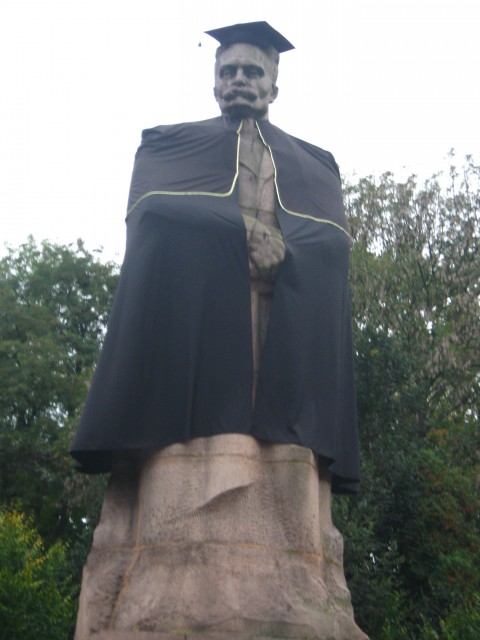
What kind of park without monuments?! Now there are two of them. Monument to Franko and a vase of 1838 with imitation of the bas-reliefs of the legendary Thorvaldsen “The Current of Human Life”. A century ago, there were many times more monuments. Let’s list them. On the main alley there was a majestic monument to the imperial governor Agenor Romuald Goluchowski, whose palace has been preserved near the park and now serves as a hospital of the Lviv Railway. On the site of the monument to Franko there were a number of busts, namely Jan Dozhansky – writer, Jan Nepomucen Kaminsky – director of the Polish theater, Leon Sapieha – governor of Galicia, Arthur Grodger – artist, Samuel Glowinsky – bishop and philanthropist. On one of the right alleys stood a bust of the count and Hellenistic poet Józef Dunin-Borkowski. And then you must admit, there is already a whole park of sculptures! They were “cut down” by the Soviet government.
Let’s remember Grodger again, because he had another place in the park. His beloved Wanda Monet will plant his oak tree in the park. And since the sad and romantic story of their love was widely known, the oak became a place of pilgrimage for couples in love. Unfortunately, there has been no oak for almost a century. It was a good idea to plant a new oak tree in its place and revive the tradition and, as always, it didn’t work out. And it would be nice.
Trees in Franko Park
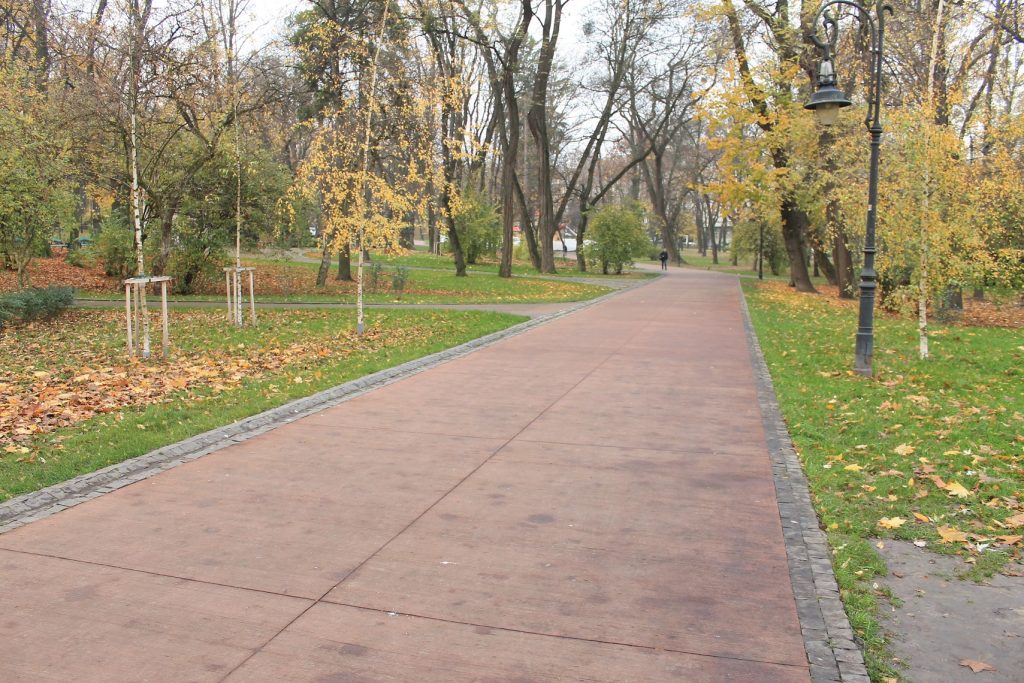
Modern trees of the park were planted between 1855 and 1890. Basically it is oak, beech, spruce, lilac, linden, maple, hornbeam, elm, blackjack, thuja, ash, pine, bitterkashtan, alder, robinia, white poplar. Subsequently, exotics such as magnolia Kobus, Canadian bunduk, Polish larch, prickly glade, rock oak, Japanese Sophora, Amur velvet, pea cypress, black walnut were also annoyed…
The journey through this small but ancient park is full of romance and large crowds of students. After all, on both sides two universities adjoin the park…

